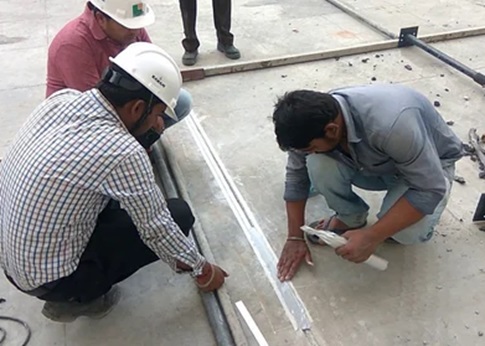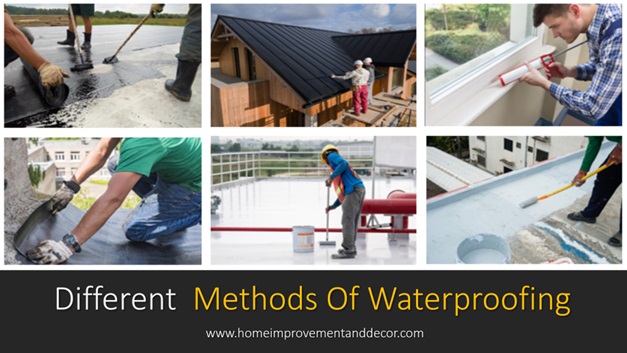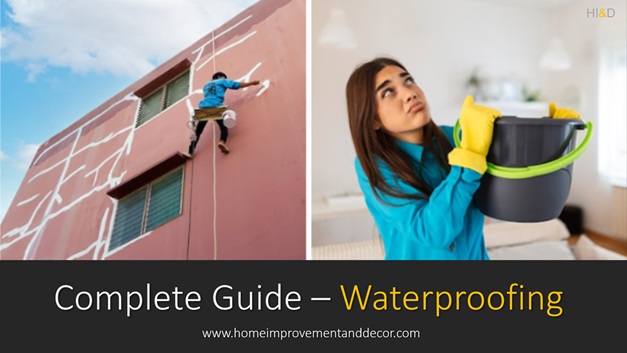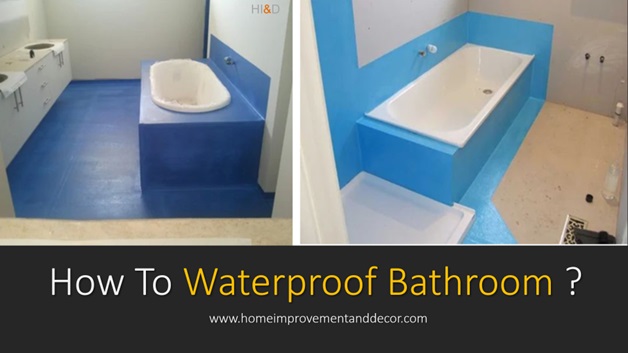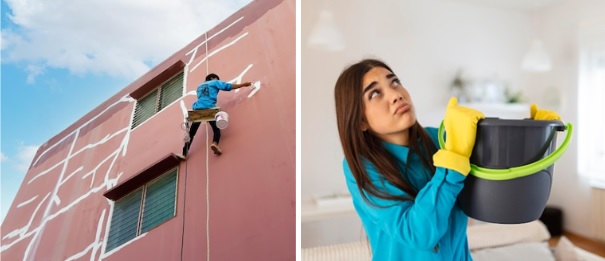
Methods Of Waterproofing
Beginners Guide To Different Methods Of Waterproofing For Home Improvement DIY Projects
Different types of methods of waterproofing are used in building construction to effectively provide waterproofing treatment. Waterproofing is the process of making buildings and structures resistant to the ingress of water. This treatment is essential for protecting them from deterioration and other harmful effects caused by water seepage.
There are different types of waterproofing methods and techniques used for home improvement projects to provide an effective waterproofing solution. The selection of a suitable method depends on the type of construction, construction material, and specific application.
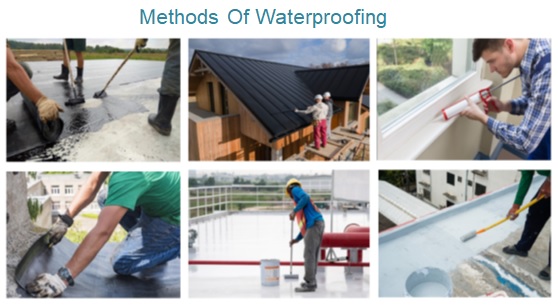
It’s important to note that proper surface preparation, correct product selection, and appropriate application techniques are crucial for effective waterproofing. The specific method used will depend on factors such as the type of structure, the level of water exposure, environmental conditions, and the desired durability of the waterproofing solution.
The choice of waterproofing method depends on many factors, such as the type of structure, the location of the waterproofing application, the extent and severity of water pressure, and the specific requirements of the project. Consulting with a professional waterproofing contractor or specialist is highly recommended to determine the most suitable method for a particular situation.
Waterproofing is essential in various industries and applications to prevent water-related damage, ensure structural integrity, and maintain the longevity of buildings, infrastructure, and other materials.
Methods Of Waterproofing
Types Of Waterproofing Methods
Table Of Contents
This is a complete beginners guide specially compiled for civil engineers, architects, and interior design professionals to understand the basics of waterproofing, various methods, and the best products.
- 1. Liquid Waterproofing Membrane.
- 2. Bituminous Waterproofing.
- 3. Cementitious Waterproofing.
- 4. Sheet Membrane Waterproofing
- 5. Bentonite Waterproofing.
- 6. Polyurethane Liquid Membrane.
- 7. Injection Waterproofing.
- 8. Exterior Waterproofing
- 9. Interior Waterproofing.
- 10. Joint And Sealant Waterproofing.
1. Liquid Waterproofing Membrane
In this method a liquid coating is applied to the surface, which forms a seamless, waterproof membrane when it cures. Liquid waterproofing membranes are often used for bathroom, kitchen, roofs, balconies, and other concrete structures. Different waterproofing products are available with various technical features under this category. The liquid waterproofing coat must be applied after surface preparation and as per the product instructions.
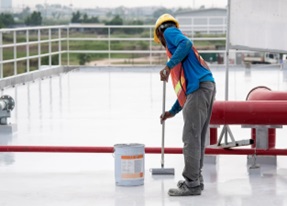
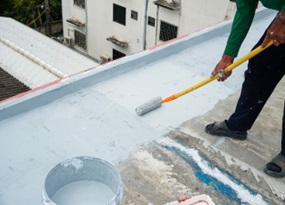
2. Bituminous Waterproofing
This method involves application of special liquid bitumen product on the surface to be treated. Bitumen-based materials, such as asphalt or modified bitumen, are commonly used for waterproofing. They can be applied as hot liquid or pre-formed sheets and are frequently used for waterproofing roofs, basements, toilet blocks, retention walls and foundation walls.
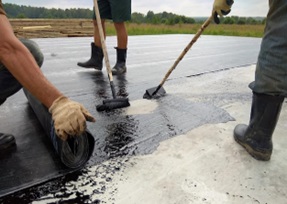
3. Cementitious Waterproofing
This method uses a cement-based coating or a mixture of cement and special additives to create a waterproof barrier. Cementitious waterproofing is commonly applied to concrete structures, such as basements, water tanks, and swimming pools. Cementitious waterproofing is a durable and cost-effective method for waterproofing concrete structures.
However, it is important to follow the manufacturer’s instructions and ensure proper application techniques to achieve optimal results. Consulting with a waterproofing professional or specialist is recommended for specific guidance and to determine if cementitious waterproofing is the right choice for your project.
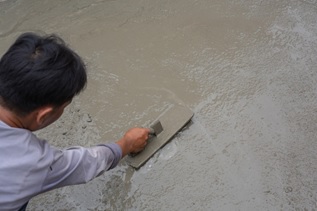
4. Sheet Membrane Waterproofing
This technique involves application of special waterproof pre-formed sheets made of materials like rubber, thermoplastics, or bitumen. The sheets are applied to the surface and then sealed to create a waterproof barrier that prevents water seepage. Sheet membrane waterproofing is commonly used for below-grade applications, such as basements and foundation walls.
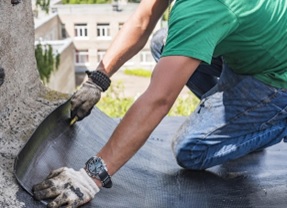
5. Bentonite Waterproofing
Bentonite is a clay-like material that expands when it comes into contact with water, creating a waterproof barrier. Bentonite waterproofing is typically used for below-grade applications and involves installing bentonite panels or applying a bentonite slurry to the surface.
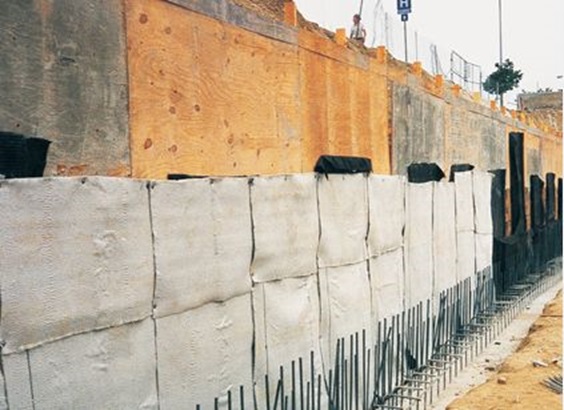
Bentonite waterproofing is an exterior waterproofing treatment. This method works by forming a barrier between wet soil and the building foundation. Bentonite being a type of clay, it absorbs moisture. Due to presence of moisture in the clay, it expands, filling cracks and gaps in the structure that prevents water seepage.
It is a type of exterior surface waterproofing system. Bentonite waterproofing is highly effective and more affordable when applied during new construction. Bentonite clay can be applied either in thin sheets or it can also be sprayed onto the structure surface.
6. Polyurethane Liquid Membrane
Polyurethane-based liquid membranes are often used for waterproofing roofs, balconies, and concrete structures. They form a durable, elastic, and seamless membrane that provides excellent waterproofing protection.
Polyurethane liquid membrane is a type of waterproofing method that utilizes a liquid coating made from polyurethane materials. It is commonly used to waterproof roofs, balconies, terraces, and concrete structures.
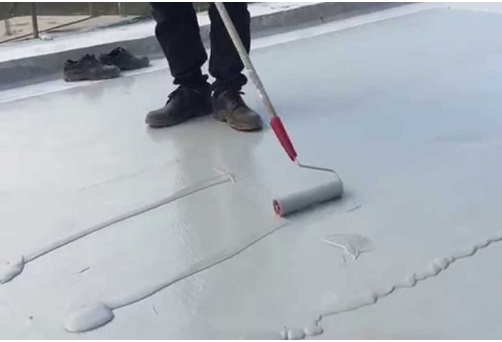
Polyurethane liquid membranes are typically composed of two components: a base component (polyol) and a curing agent (isocyanate). These components are mixed together shortly before application to initiate the chemical reaction that forms the waterproof membrane.
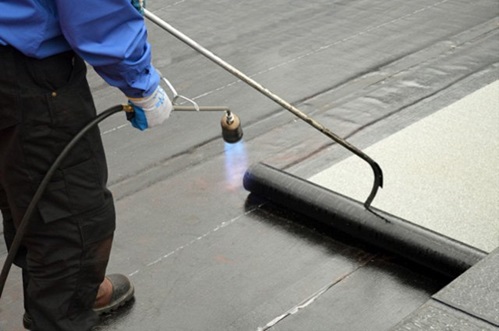
7. Injection Waterproofing
This method is used to repair and waterproof cracks in concrete structures. It involves injecting specialized waterproofing resins or grouts into the cracks to seal them and prevent water penetration. Injection waterproofing is a highly effective method used to repair and waterproof cracks, voids, and joints in concrete structures.
It involves injecting specialized waterproofing materials into these areas to seal them and prevent water penetration. Various waterproofing materials can be used for injection waterproofing, including polyurethane resins, epoxy resins, and acrylic gels. These materials are specially formulated to flow into cracks and voids, expand or solidify, and create a watertight seal.
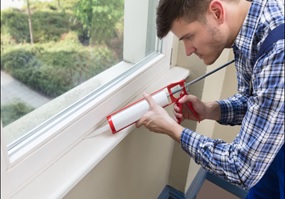
8. Exterior Waterproofing
This approach focuses on preventing water intrusion from the outside of a structure. It often involves excavating the soil around the foundation, applying a waterproof coating or membrane, and installing drainage systems to redirect water away from the structure.
9. Interior Waterproofing
This method is used to manage water intrusion from the inside of a structure. It may involve installing interior drainage systems, applying waterproof coatings or sealants to the interior surfaces, and using dehumidifiers or sump pumps to control the entry moisture.
10. Joint And Sealant Waterproofing
This is one the most common and effective method. Waterproof sealants and joint fillers are used to seal gaps, joints, and cracks in various surfaces, such as concrete, masonry, and metal. They provide protection against water penetration and are commonly used in bathrooms, kitchens, and other wet areas. However this method might need frequent maintenance issues and refilling of joints.
